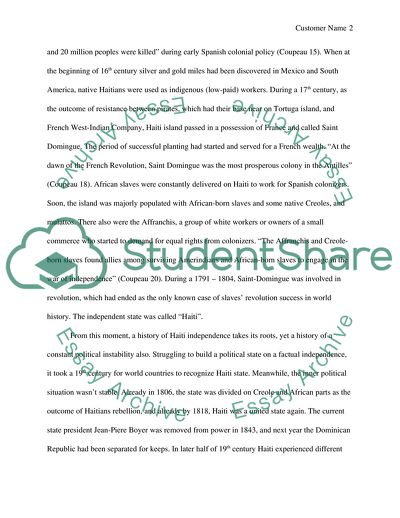Cite this document
(History of Haiti, Madagascar, Burma and Palestine Case Study Example | Topics and Well Written Essays - 2250 words, n.d.)
History of Haiti, Madagascar, Burma and Palestine Case Study Example | Topics and Well Written Essays - 2250 words. https://studentshare.org/history/1863475-the-history-of-haiti-madagascarmyanmar-and-palestine
History of Haiti, Madagascar, Burma and Palestine Case Study Example | Topics and Well Written Essays - 2250 words. https://studentshare.org/history/1863475-the-history-of-haiti-madagascarmyanmar-and-palestine
(History of Haiti, Madagascar, Burma and Palestine Case Study Example | Topics and Well Written Essays - 2250 Words)
History of Haiti, Madagascar, Burma and Palestine Case Study Example | Topics and Well Written Essays - 2250 Words. https://studentshare.org/history/1863475-the-history-of-haiti-madagascarmyanmar-and-palestine.
History of Haiti, Madagascar, Burma and Palestine Case Study Example | Topics and Well Written Essays - 2250 Words. https://studentshare.org/history/1863475-the-history-of-haiti-madagascarmyanmar-and-palestine.
“History of Haiti, Madagascar, Burma and Palestine Case Study Example | Topics and Well Written Essays - 2250 Words”. https://studentshare.org/history/1863475-the-history-of-haiti-madagascarmyanmar-and-palestine.


